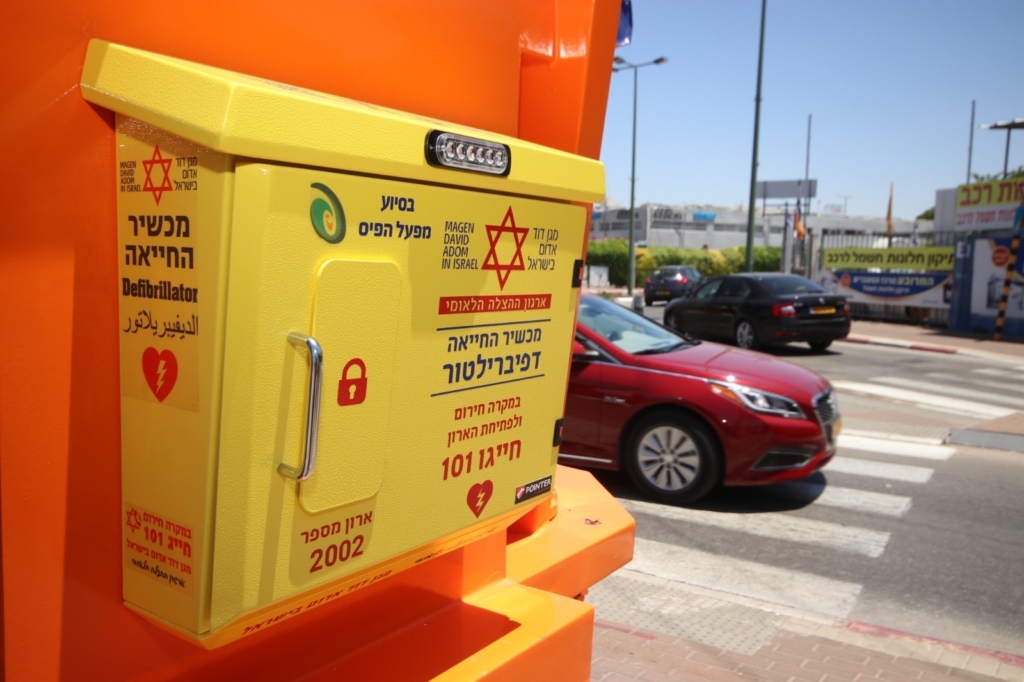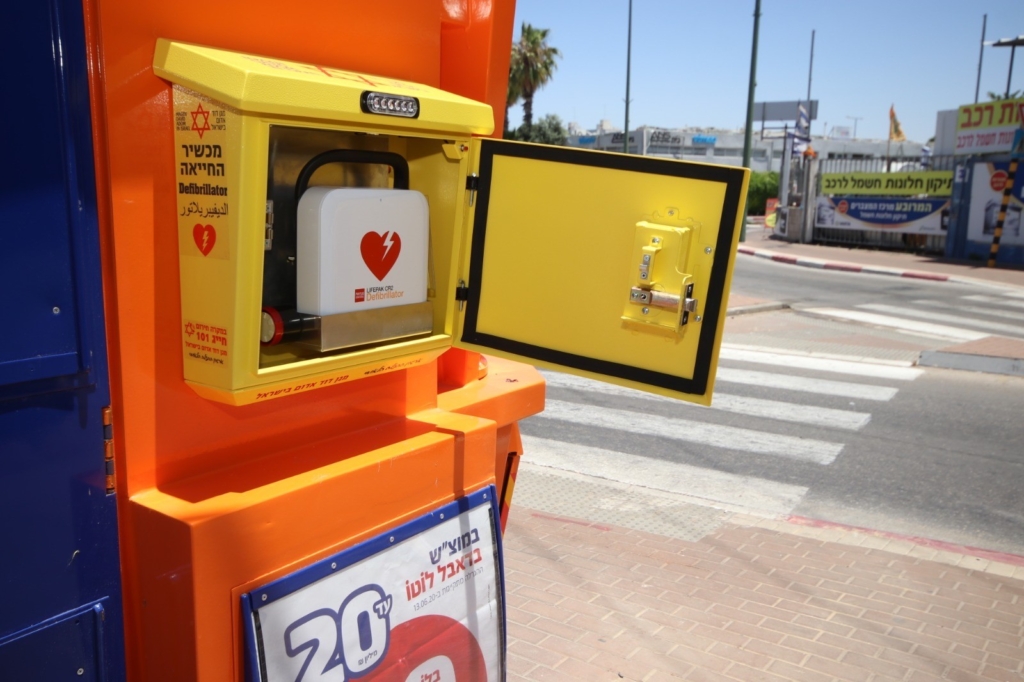The Fleet Manager’s Immediate Solution to the Costs of Dirty Diesel
https://chat.whatsapp.com/AmbulanceTodayDirect

Director, Kognitive LTd.
Having worked in the NHS for the past 25 years I was not surprised to learn that the health service is responsible for around 4% of the nation’s carbon emissions.
To combat this, at the beginning of October the NHS Chief Executive Sir Simon Stevens laid out his vision for the NHS to be the world’s first ‘net zero’ national health service, setting a target of becoming carbon net zero by 2040 and cutting harmful emissions by 80 per cent over the next 12 years (Delivering a Net Zero National Health Service, October 2020).
The fact this has remained a top priority during the worst pandemic we have experienced in modern times speaks volumes and underlines how seriously the NHS is taking the issue of climate change and its own contribution to the problem.
It is accepted that change will not happen overnight and it will take time to implement fully sustainable, green policies locally that will contribute to Sir Simon’s plan. But what can hospitals, primary care organisations, ambulance services and other parts of the health service do immediately to make an instant impact on reducing their emissions?
The same question can be asked of police and fire and rescue services, which also have a duty to cut their own significant carbon emissions in the coming months and years.
One answer lies in replacing their use of fossil diesel fuel by switching their fleet vehicles and generators to GREEND+, a new, enhanced form of HVO (hydrotreated vegetable oil) paraffinic fuel that is a sustainable, ultra-low emission fossil-free diesel alternative.
Using GREEND+ fuel reduces particulate emissions by up to 85% and Nitrogen Oxides by up to 30% compared to regular diesel, according to independent tests at the Millbrook specialist vehicle testing facility. NHS organisations and emergency services can significantly lower their emissions overnight, greatly reducing their environmental impact while achieving huge improvements to local air quality and the reduction of carbon dioxide, reducing Greenhouse Gas emissions by up to 96%.
Importantly, GREEND+ can be used immediately and without any changes to equipment or fuel tanks, meaning organisations can take climate change action quickly with no costly upgrades to machinery or equipment. This also includes no changes required to the engines of any fleet vehicles; this is a drop-in solution and it is ready to go now, and best of all, it is cost neutral with no capital expenditure required.
To me, it is an absolute no-brainer, which is why private sector organisations are already clamouring to get their hands on this sustainable new fuel. The public sector should not miss the same opportunity, and the NHS and emergency services are key players who can make a significant immediate impact on the environment by switching to this new fuel.
In terms of the product itself, it looks like water and has virtually no smell, unlike dirty diesel. It is made from sustainable organic waste products - not virgin crops - to EN15940 standard. It is stored and dispensed in the same way as normal fuel, but it requires less cleaning around the storage site than normal diesel.
Another key factor is that it does not degenerate in the tank or in storage, and therefore needs no ‘cleaning’ or ‘polishing’ as normal diesel does. It is safe at temperatures down to minus 42.
Fleet managers will love it because using the fuel leads to better performance and longevity of engines, due to no contaminants being in the fuel, less wear in the engine and improved performance of engine lubricants. There are also proven reduced active DPF regenerations and reduced consumption of AdBlue, while data shows that using GREEND+ can improve MPG rates on urban routes too.
In summary this is the here and now solution for the NHS and emergency services journey to net zero emissions. By playing their part, emergency services and NHS organisations can enable immediate improvements in local air quality and reductions in PM2.5, known to be a key factor in respiratory disease.
When you consider 11.3 vehicles on the road using GREEND+ have the same carbon dioxide emissions as one diesel vehicle, this proves that the NHS and emergency services sector can do something simple to help reduce their carbon footprint by acting now, and taking advantage of what is a great bridge between the diesel vehicles we have today and the electric vehicles of the future.
For more information about GREEND+ or to arrange a meeting, please contact [email protected]
Quality content
- Casinos Not On Gamstop
- Casinos Not On Gamstop
- Casino Sites Not On Gamstop
- Non Gamstop Casino
- UK Online Casinos Not On Gamstop
- Casino Sites Not On Gamstop UK
- Casino Sites Not On Gamstop
- Games Not On Gamstop
- Sites Not On Gamstop
- UK Online Casinos Not On Gamstop
- Casino Not On Gamstop
- Slots Not On Gamstop
- Casino Not On Gamstop
- Gambling Not On Gamstop
- Casinos Not On Gamstop
- Non Gamstop Casino
- UK Online Casinos Not On Gamstop
- Casino Sites Not On Gamstop
- Best Betting Sites
- Best UK Online Casinos
- New Horse Racing Betting Sites






















